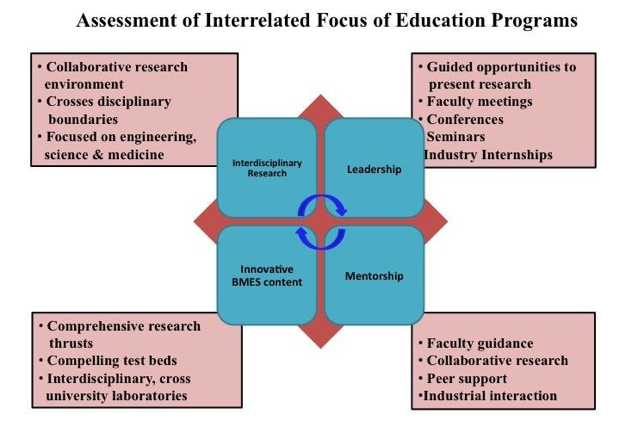
How to Write an Evaluation for Science Coursework
One of the main questions that arises in a course like science is how to write an evaluation. Students are expected to provide a conclusion, a hypothesis, and a results section. The purpose of writing these sections is to show how well students have understood the scientific principles. By following these steps, students can get the best grade possible for their coursework. In addition, they will get the highest marks possible. In addition to this, they will be able to make the assessment of their research more reliable and precise.
Developing a thesis statement
Thesis statements are a key part of a paper. They usually appear in the introduction to a paper and are used to take a position or justify further discussion. A good thesis statement is one that is both authentic and backed up by sufficient evidence. It should also be compelling enough to encourage the reader to read the rest of the paper. If you are stuck, here are some tips to help you write a strong thesis statement.
Ideally, your thesis statement should appear in the introduction section of your paper. However, you can also place it in the first or second paragraphs. Either way, you should make sure to include it near the end of the introduction. The thesis statement will be the final statement before the argument body. As with any essay, the placement of your thesis statement will depend on the length of your essay. However, if it is too long, it should come towards the end of the introduction.
A thesis statement is an essential part of any paper. It makes the reader aware of the topic and summarizes the main points discussed in the paper. Whether you write an argumentative paper, informative paper, or compare/contrast statement, a thesis statement can help you focus your research. Once you have a good thesis statement, the rest of your paper will follow. So, make sure to make it the most powerful sentence in your paper.
Developing a results section
A good science essay includes an analytical section. This section should be well-written, concise, and include a range of results and analyses. Figures and tables are the main component of a results section. Whether your findings are qualitative or quantitative, you should carefully consider how to present them. You should also understand how to write strong figure captions and refer to individual figures in your text. Following are some tips to help you write a results section that impresses readers.
The results section should be organized logically. You can start by presenting your research question and the type of data you’ve collected. Next, list your results and explain the significance of them. For example, you can use a table to present survey results or a correlation matrix to show how a particular variable is related to another. If you’re presenting survey data, consider a table that illustrates the standard deviations, probabilities, and subcategory analyses. The amount of textual description that you use for each result depends on your reader’s understanding of its significance and interpretation.
Your results section should clearly and concisely report the findings of your research. Your results section should be free from bias and report your findings without interpreting your data in an oblique way. For complicated studies, consider breaking them up into multiple sections and using clear headers to make sure you’re not confusing your reader. You can also use graphs, tables, and tables to illustrate key points. Once you’ve written a results section, you can begin composing the discussion section and start writing your discussion section.
Writing a thesis statement
There are several different types of thesis statements that you can use for your coursework. You can use an analytical thesis statement to analyze a problem or issue. Analytical thesis statements present a central theme and present the evidence in a systematic order for the reader to understand the argument. For example, you could write that a school’s new policy for starting the day later has three related benefits. Using this structure, your thesis statement would present each benefit in turn and summarize them.
Another type of thesis statement is the argumentative one. This type of thesis statement posits a controversial claim and has to be supported with arguments and data. It is also a good idea to include the larger context for your argument. For example, you may want to write that Thomas Edison did not invent the light bulb; rather, you will attribute his legacy to his ruthless business tactics, savvy self-promotion, and legacy. The key to a thesis statement is to not leave too much room for ambiguity or unnecessary words.
If you are writing a paper for a science course, you must write a thesis statement that reflects the main point of the paper. Without this, the paper will not have any meaning. You can also use a blueprint to make the thesis statement consistent throughout the paper. This technique is known as blueprinting and it is a great way to develop a coherent argument throughout the essay. The process involves constructing a question before you begin writing.